Working on utility-scale solar projects requires a lot of hands, and, depending on the region, it may be difficult to find enough help. Construction firm Primoris Renewable Energy has been able to hire skilled workers formerly in the oil and gas industries on its large solar projects in West Texas, but senior VP Kent James said it is more difficult to find people for foreman and other supervising positions.
In this episode of the Contractor’s Corner podcast, Solar Power World editor-in-chief Kelly Pickerel talks with James about how the public company uses its reputation to recruit and retain experienced engineers into Primoris’ solar construction business.
A portion of the interview is below, but be sure to listen to the full podcast for even more insight, including how ITC safe harbor and tariff fluctuations affect large-scale projects, what COVID-19-influenced protocols Primoris has adopted and the learning curve associated with energy storage systems. Following the employment theme, we also have a bonus conversation with SPW associate editor Billy Ludt about solar representation in consumed media and how it can encourage new generations of Americans to get involved with solar.
Find the Contractor’s Corner podcast on your favorite podcast app.
What are the benefits of being part of a public company?
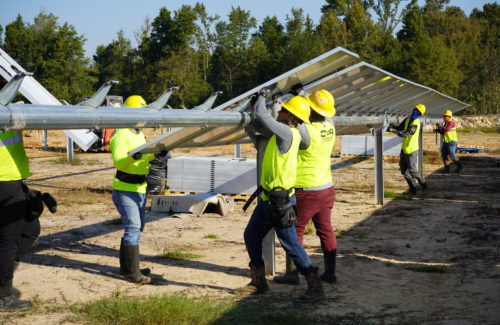 At the end of the day, these solar projects are financial transactions. Being a public company gives us a great advantage. One, we have a really strong balance sheet. But perhaps more importantly, it’s a public balance sheet so we don’t have to cross all the hurdles of a private company’s financials, etc. We can just simply send over the SEC filings. Especially given all of the European and other [international] money coming in, this tends to serve us very well. The investment committees can really wrap their head around exactly who we are. Just being part of a large construction company gives us a lot of access to capital, potential for growth, the ability to recruit and attract people.
At the end of the day, these solar projects are financial transactions. Being a public company gives us a great advantage. One, we have a really strong balance sheet. But perhaps more importantly, it’s a public balance sheet so we don’t have to cross all the hurdles of a private company’s financials, etc. We can just simply send over the SEC filings. Especially given all of the European and other [international] money coming in, this tends to serve us very well. The investment committees can really wrap their head around exactly who we are. Just being part of a large construction company gives us a lot of access to capital, potential for growth, the ability to recruit and attract people.
What does your solar pipeline look like?
We’re completely client focused, so we are pretty well booked for 2021 and we’re really starting to book business for 2022 and 2023. I’ve been doing solar since 2005. I’ve never seen anything quite like this. Not only has the business matured, but we’re really aligning interest with strategic clients over the long term. We’re proving to our customers in industry that we can be relied on and we can navigate through all the challenges that are out there, from procurement to COVID to getting people. I’ve never seen a pipeline quite as robust and high probability.
Is energy storage included in your future project plans?
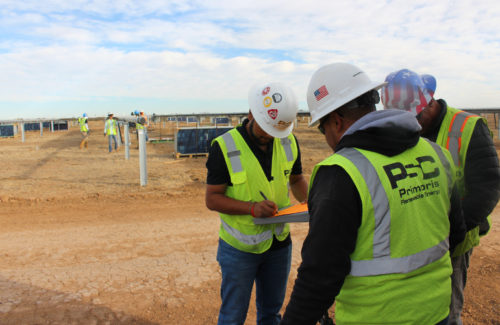 I don’t see any projects anymore that don’t either have energy storage as part of the immediate contract or at least some provision in the substation for augmentation later. Batteries remind me a lot of what PV looked like back in 2006 when we’d install it for $8/watt with 140-W modules. It’s the Wild West. I very rarely anymore see a project come across our plate that doesn’t have energy storage at least mentioned in it or accounted for later. It’s almost always the customers thinking about it. I’m hearing from several of our customers that it’s becoming more difficult to finance projects without some sort of a consideration for batteries. That being said, it’s so brand new that it changes constantly and there’s a lot of disalignment in what it costs, how to use it, how it works.
I don’t see any projects anymore that don’t either have energy storage as part of the immediate contract or at least some provision in the substation for augmentation later. Batteries remind me a lot of what PV looked like back in 2006 when we’d install it for $8/watt with 140-W modules. It’s the Wild West. I very rarely anymore see a project come across our plate that doesn’t have energy storage at least mentioned in it or accounted for later. It’s almost always the customers thinking about it. I’m hearing from several of our customers that it’s becoming more difficult to finance projects without some sort of a consideration for batteries. That being said, it’s so brand new that it changes constantly and there’s a lot of disalignment in what it costs, how to use it, how it works.
How has installation evolved over Primoris’ 10 years in the industry?
We’ve definitely gotten much better at it. We work for a large company, and we can take our means and methods down to the number of steps a person takes to install a module. While that seems trivial to reduce one step, when you reduce one step across two million modules, it’s real money. I’m seeing great gains in the efficiency and ability to build these. It took me nine years in the solar business to build as many megawatts as we build in a day or a week now. These big utility projects is just an outdoor assembly line. Larger modules have impacted that and better-thought-out ways to install trackers have increased that efficiency. We no longer build these giant squares on perfectly flat ag land. The projects are almost always on challenging terrain, irregular shapes. You have 300 people on a site and you have to get half of them at 10 mph four miles away. So you really start to think how that has an incredible impact on how efficient you can be. So the means and methods and [logistics] have all gotten much better.
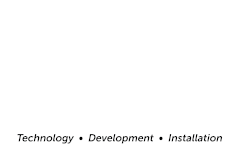
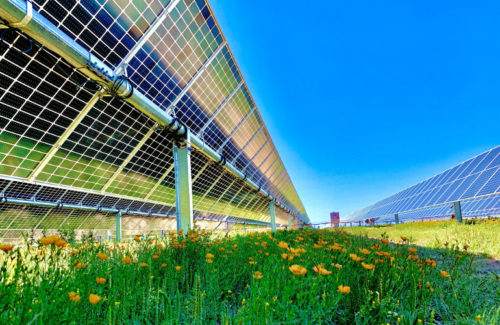
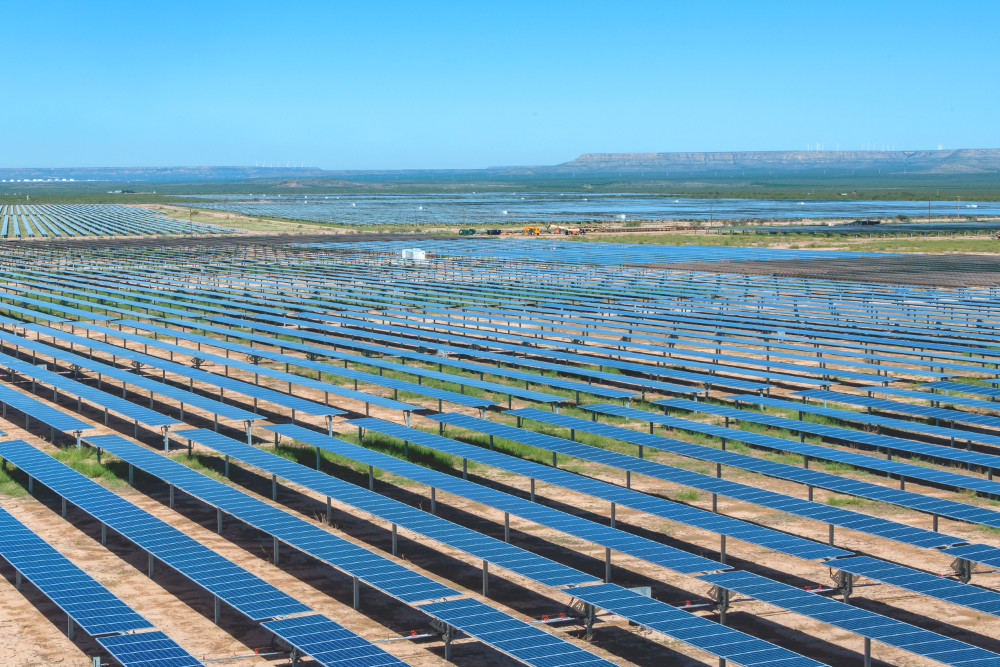
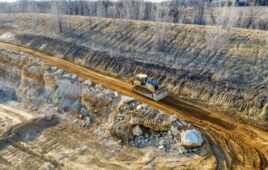
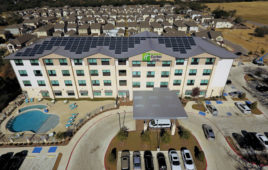
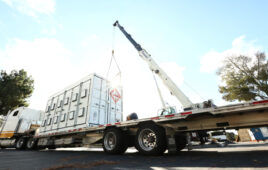
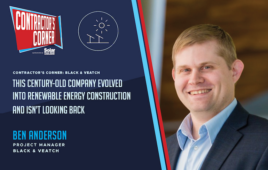
Tell Us What You Think!